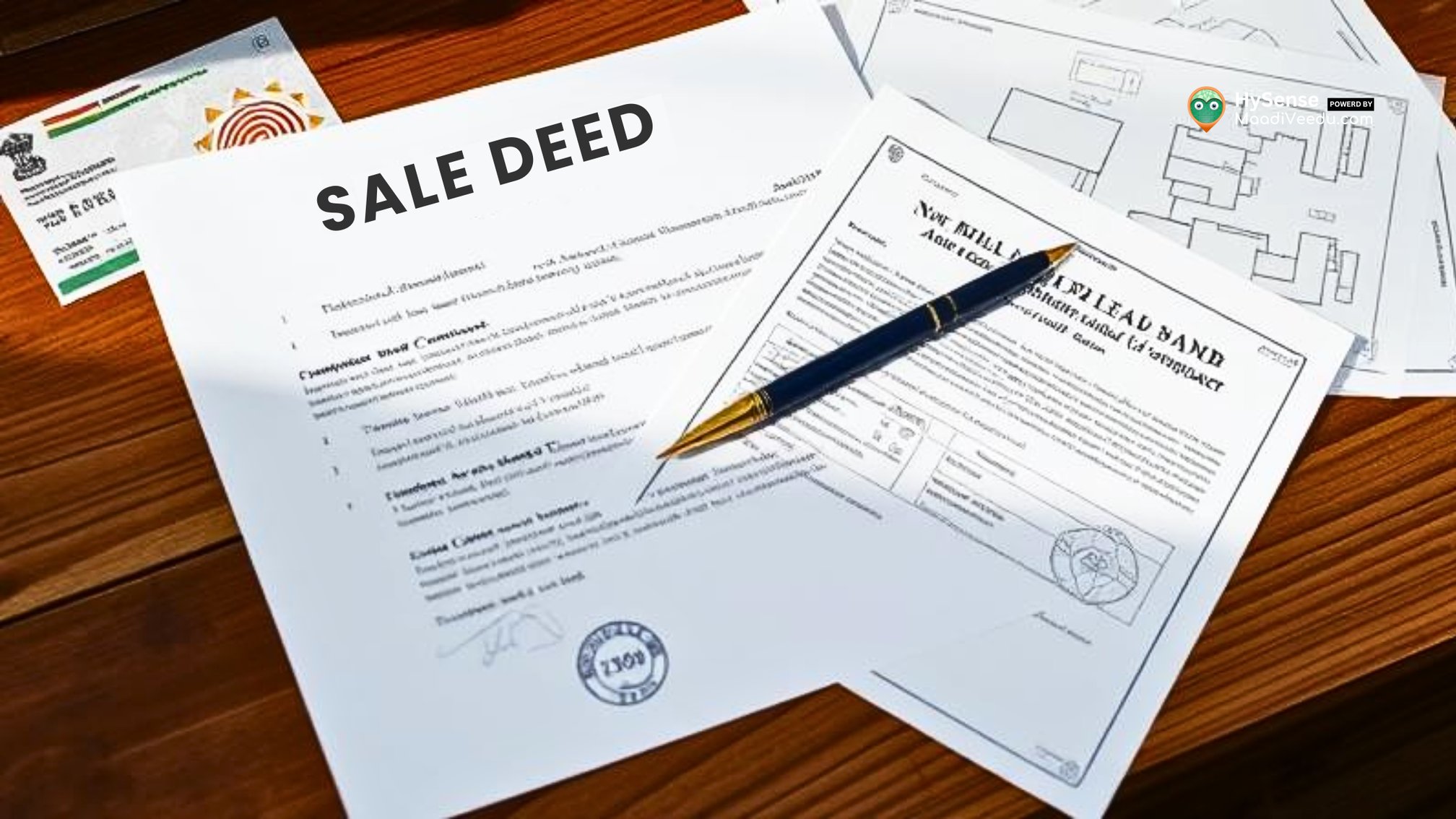Cracks in Your New Home? Your Builder Might Be Using Substandard Materials – Here’s What to Do
Spot cracks, leaks, and poor-quality materials in your new home. Take action to protect your family, investment, and property value.
Table of Contents
Building or buying a new home is one of life’s biggest milestones. It’s not just a financial investment, but a place for your family, comfort, and dreams. But what if you start noticing cracks, water leaks, or weak fixtures soon after moving in?
Chances are your builder may have cut corners by using substandard materials.
The good news? You can take action. This guide will help you spot warning signs, understand the risks, and protect your home, investment, and family’s safety.
Understanding Substandard Materials
Substandard materials are low-quality, cheaper alternatives that do not meet industry standards. Builders may use them to save costs, but the risk is transferred to you.
Common examples include:
- Poor-quality cement or incorrectly mixed concrete
- Weak or non-standardized steel bars
- Low-grade plastering materials
- Cheap tiles and weak adhesives
- Ineffective waterproofing membranes and chemicals
Initially, these materials may appear fine. Over time, they can lead to cosmetic and structural problems, reducing the safety and value of your home.
How to Spot Substandard Materials
You don’t need to be an engineer to notice signs of poor-quality construction. Watch for these red flags:
1. Cracks in Walls and Floors
Cracks appearing shortly after moving in may indicate poor-quality cement or plaster failing to hold up.
2. Water Leakage or Dampness
Damp patches, water stains, or seepage suggest inadequate waterproofing—especially concerning in areas with heavy rainfall or high humidity.
3. Uneven or Loose Flooring
Tiles that are uneven, hollow-sounding, or coming loose often point to cheap tiles or adhesives, which can lead to costly future repairs.
4. Weak Fixtures and Fittings
Frequent breakdowns of taps, door handles, or electrical switches indicate substandard fixtures that won’t last long.
Check and compare construction materials accurately using a simple unit conversion and measurement tool.
Step-by-Step Action Plan to Reclaim Your Home’s Quality
If you notice these issues, act quickly. Here’s a 5-step guide:
Step 1: Document Everything
Take photos and videos of cracks, leaks, loose tiles, and damaged fixtures. Maintain a written log with dates and locations. This will serve as evidence.
Step 2: Approach the Builder Professionally
Schedule a meeting and calmly present your concerns with the evidence. Reputable builders often take responsibility and arrange repairs at no extra cost.
Step 3: Consult a Construction Expert
If the builder is uncooperative or the issues are serious, hire an independent civil engineer or construction expert. Their official report can help if you need to escalate legally.
Step 4: Review Your Contract
Check your agreement or contract for the specified brands, grades, or types of materials. If the builder deviated from what was agreed upon, this is a clear breach of contract.
Step 5: Seek Legal Help if Needed
If all else fails, consult a real estate or construction lawyer. You may be entitled to compensation or repair costs and can enforce the contract legally.
Read also: How to Check Construction Quality of a New Home – Essential Buyer’s Guide
Why You Must Act Immediately
Ignoring these problems can have serious consequences:
- Prevent Future Expenses: Small cracks can evolve into major structural issues. Early intervention is far cheaper than extensive repairs.
- Ensure Family Safety: Substandard materials compromise structural integrity, posing risks like electrical faults, leaks, and in extreme cases, collapse.
- Protect Property Value: Poor-quality construction lowers resale value and makes it harder to sell.
Final Thoughts – Protect Your Dream, Protect Your Investment
Your home is more than bricks and mortar—it’s a foundation for your future. To safeguard it:
- Document all issues with photos and logs.
- Communicate professionally with your builder.
- Consult an expert for official assessment.
- Review your contract carefully.
- Seek legal advice if necessary.
Taking proactive steps ensures your family’s safety, preserves your property’s value, and protects your investment.
For more tips on safeguarding your property, visit www.maadiveedu.com or read detailed guides on blog.maadiveedu.com.
FAQs About Substandard Materials in Homes
1: How can I know if my builder used substandard materials?
Look for cracks, water leakage, uneven flooring, and weak fixtures. Consulting an expert helps confirm the quality.
2: Is it normal for new homes to have minor cracks?
Small hairline cracks can appear, but large or spreading cracks shortly after moving in indicate poor-quality materials or workmanship.
3: Can I get compensation if my builder used substandard materials?
Yes. If your contract specifies material standards and the builder deviated, a lawyer can help you claim repairs or compensation.
4: How long do I have to take action?
Act as soon as you notice the issues. Early intervention prevents costly repairs and safety risks.










